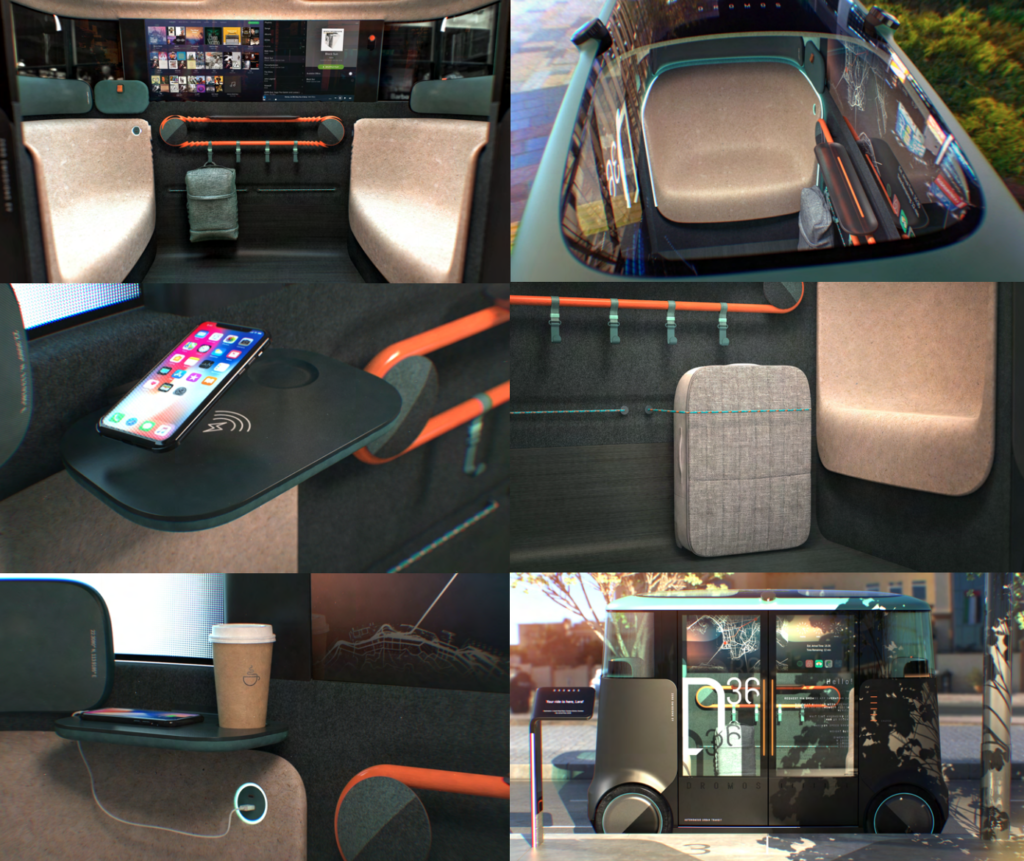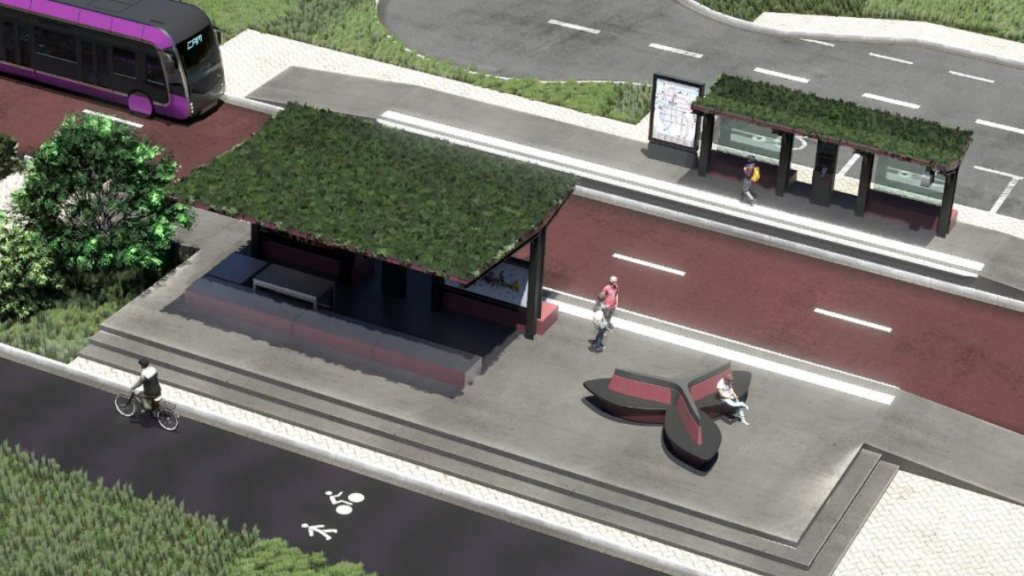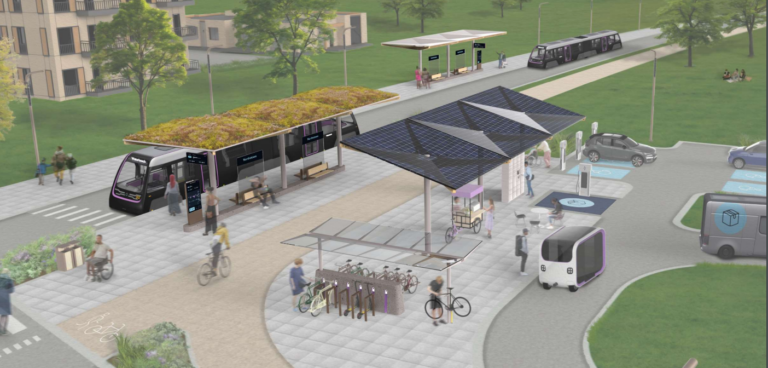Cambridgeshire Autonomous Metro (CAM) has revealed three conceptual designs for the project, including vehicle ideas, infrastructure and how the system would operate.
According to CAM, the three consortiums selected for the design process – Dromos Technologies, Egis and Mott MacDonald – have put forward very different visions for an in-the-round solution.
While the design challenge was not intended to find an ultimate delivery solution for CAM, aspects of the designs demonstrated could be adopted as part of the next business case phase in April.
Dromos’ plans featured up to 84 stops across the CAM network, which runs 24 hours a day, seven days a week for 365 days a year. Passengers travel non-stop in their own Dromos vehicle, without having to share with other passengers.

Furthermore, passengers will be able to request a CAM ride through their own devices, or from electronic kiosks at CAM stops. Ride availability will be under two minutes any time of day.
For the Egis’ proposal, the focus was on improving walking, cycling and modal interchange, as well as integrated last-mile services to improve coverage and accessibility to the system.

Mott MacDonald’s proposal featured CAM stations reimagined as community-centred hubs. The project takes a modular construction approach, which will use local technology and manufacturing expertise and allow for each hub to the constructed in response to the specific and evolving needs of the local community.
The project had been forecast to cost around £4bn, however after considering the following proposals Cambridgeshire mayor James Palmer said he believed it will cost closer to £2bn.





